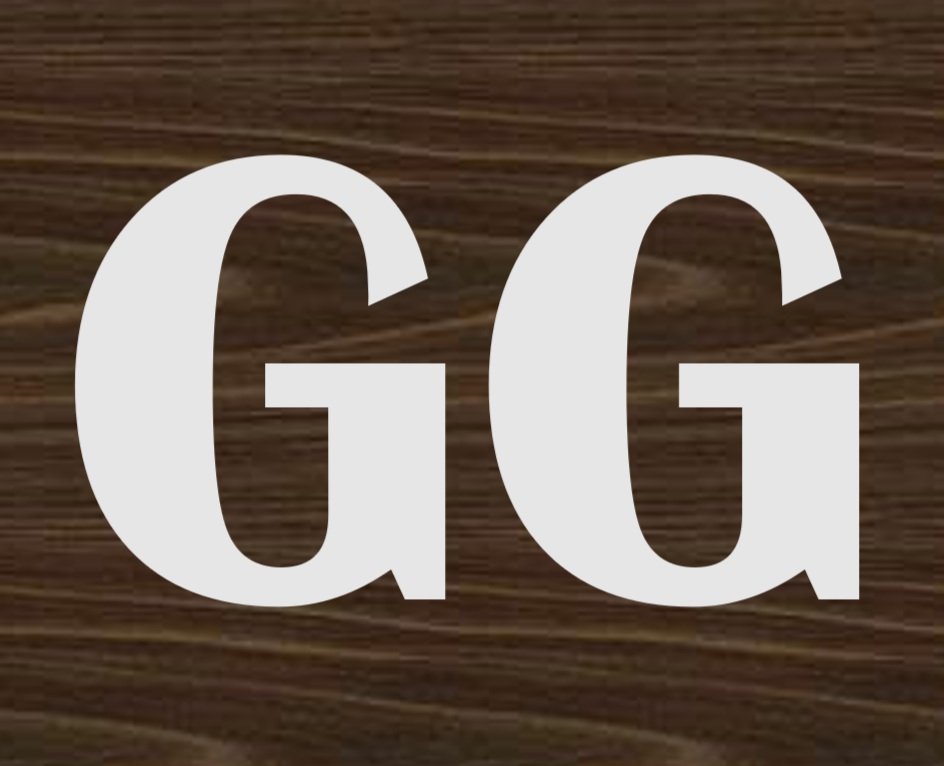Sapele
Sapele is a commonly exported and economically important African wood species. It is similar to mahogany, much harder than African or American mahogany, and cheaper than mahogany.
Name:
Entandrophragma cylindricum
Origin:
Tropical Africa
Colour:
Heartwood is a golden to dark reddish-brown. Colour tends to darken with age. Besides the common ribbon pattern seen on quartersawn boards, Sapele is also known for a wide variety of other figured grain patterns, such as pommel, quilted, mottled, wavy, and beeswing.
Grain:
The grain is interlocked, and sometimes wavy. Fine uniform texture and good natural lustre.
Rot Resistance:
Heartwood ranges from moderately durable to very durable regarding decay resistance. Moderate insect/borer resistance.
Typical Applications:
Veneer, plywood, furniture, cabinetry, flooring, boatbuilding, musical instruments, turned objects, and other small wooden items.
Density:
640 kg/m3 average
Workability:
Sapele can be troublesome to work in some machining operations, (i.e., planing, routing, etc.), resulting in tear-outs due to its interlocked grain. It will also react when put into direct contact with iron, becoming discoloured and stained. Sapele has a slight blunting effect on cutters, but it turns, glues, and finishes well.



